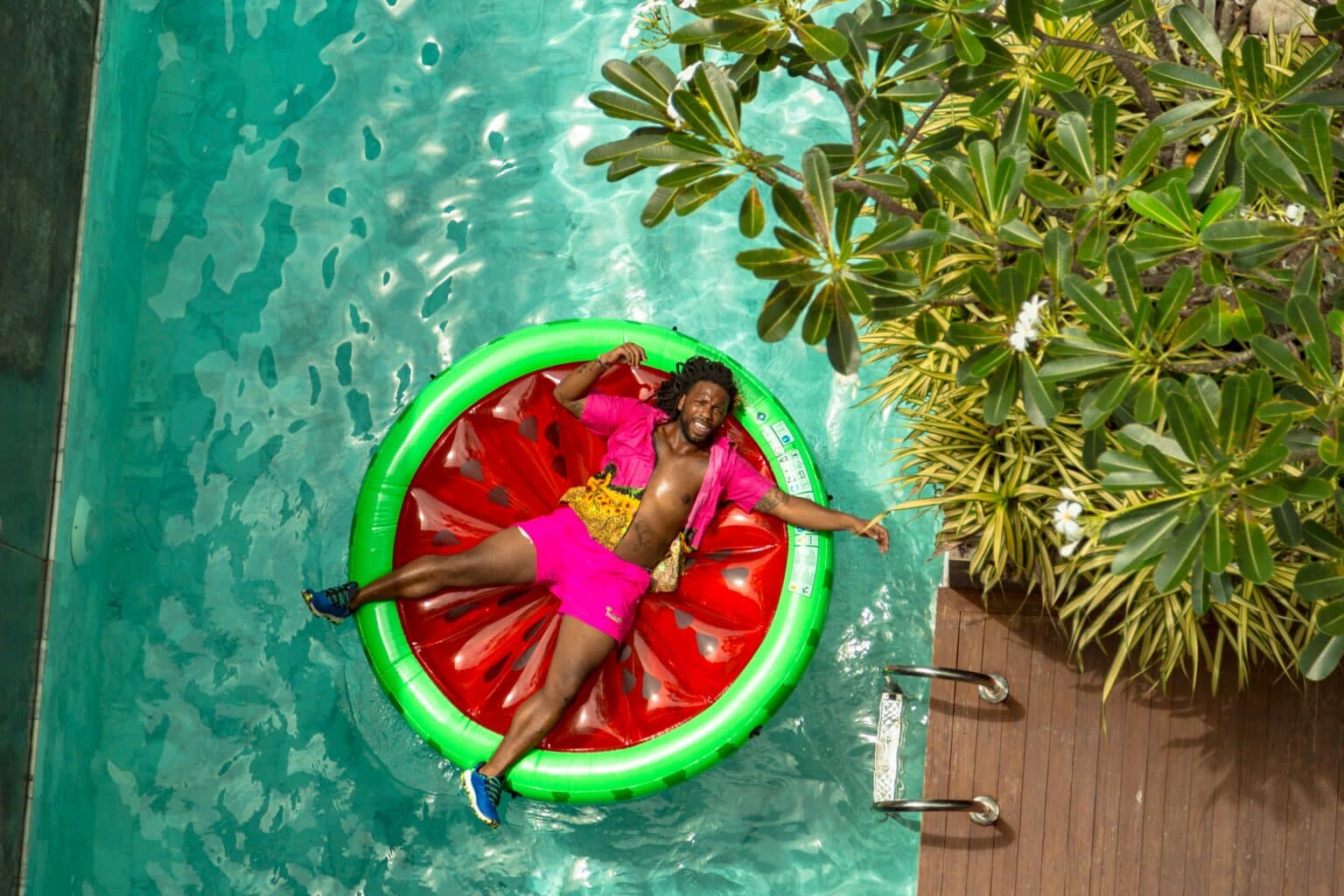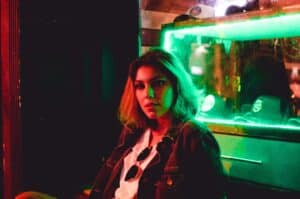1. Problem/Solution
Ah, the holy grail of UGC advertising. Problem/Solution UGC is as it sounds: you’ll communicate a problem and then present the product or service as the solution to the problem. These follow the direct response formula and are the most reliable UGC style ads for brands. Typically, if brands are asking for UGC content for paid ads, this is what you will be delivering in most cases.
But, at the end of the day it depends on brands and what actually performs for them in ads. Could be any of the below, really.

THE RECIPE
- Describe the problem or hook
- Agitate the problem
- Provide your problem as the solution
- Add in benefits or features
- Call to action (CTA)
2. Features Point Out Ad
A feature point-out ad has been popular in the marketing space for years, often as a static creative, but it also performs exceptionally well as UGC-style content. The easiest example here is to think of ‘TikTok made me buy it’ style ads, which introduce the product and then run through the benefits/features before ending with a strong CTA.
The hack to getting this type of ad creative right is creative strategy research: you need to focus on the core benefits for the end users.
Sure, you can go around and just point out the type of features, but if you can communicate the benefits in the way that your customers are talking and the way that they communicate, that is going to create a winning ad.
3. Listicle Style UGC
While problem/solution style UGC is the OG of user-generated content, the listicle style is like the slightly cooler younger cousin. Think ‘3 reasons why should try X’ — listicle-style UGC has worked well across many accounts, especially if you get the hook right.
This is also one that I think is really fun for creators to make, and you can get really creative with the hooks.
4. Tutorial/How To
Use tutorials to showcase how your product will help your audience get that desired look.
This is a mainstay in the beauty/skincare industry, and is the epitome of a content-first strategy. This isn’t limited to this niche, in any industry where you can educate a user, this can work.
The less ad like the better, as this looks extremely native to the platform. I’ve even seen specific ads where they didn’t even mention the brand or the product at all, and that ended up being the top performer because it was more of this educational-based style content.
5. Before/After
Think of Before and After creatives as a real-time review of your product. The “After” results allow your intended audience to see the immediate results of using your product, and will motivate them to try it out themselves. You do need to be more careful here, you cannot use this ad type with a weight loss product or cosmetic procedure.
When done well, before and after is not one of the most powerful types of not only ad type units, but also a really powerful hook. So even if you are creating a problem/solution ad or how-to content, try incorporating elements of this before and after to showcase the impact that your product can have.
6. Green Screen
This is less of a type of ad, and more of a treatment in the hook. This is the green screen effect and it’s often used in problem/solution. Brands will often use native apps such as notes or social media and hook rates can often soar with this strategy. For tech brands, this is a go-to.
THE RECIPE
- Start with a greenscreen visual in the hook: notes app, brand’s website, show press
- Introduce product
- Show features/benefits
- Better life realised
- CTA
7. UGC Mash Up
As a UGC creator, you most likely won’t be compiling this ad angle, but you can contribute to it with raw footage and a voiceover let me tell you, it works. It involves collecting user-generated content (UGC) from various creators and compiling it into a single ad.
This ad format capitalizes on the authenticity and relatability of UGC to create a more personal and trustworthy connection with the audience. The voice over will typically then follow the problem/solution format.
8. Trends
Trends are, by definition, “a general direction in which something is developing or changing.” They are the perfect indicators of what your audience is interested in. Be top of mind by meeting them where they’re at and riding these trends. You can find recent trends in the Creative Center.
Oddly Satisfying: There’s something about “oddly satisfying” videos that keeps us wanting more. Use this trend as an opportunity to reveal the satisfying results of using a product.
Dance Trends: Tap into trending dances to get your video noticed. Encourage users to get involved and expand your community.
Lip-Syncing: Tap into trending audio tracks to resonate with your audience and stay top of mind. Depending on the audio track, this can also make way for a creative spin and an added layer of entertainment value.
Funny Skits: Humor has always been one of TikTok’s most important attributes. Encourage Creators to express their comical personalities to engage their communities while highlighting the key selling points of your product.
As a new creator, you have a world of creative angles to explore and contribute to the advertising landscape. Understanding the power of UGC in advertising can be a game-changer for brands looking to connect with their audiences authentically. By leveraging different UGC styles, you can lead compelling conversations with brands and offer a fresh perspective that goes beyond traditional advertising.










